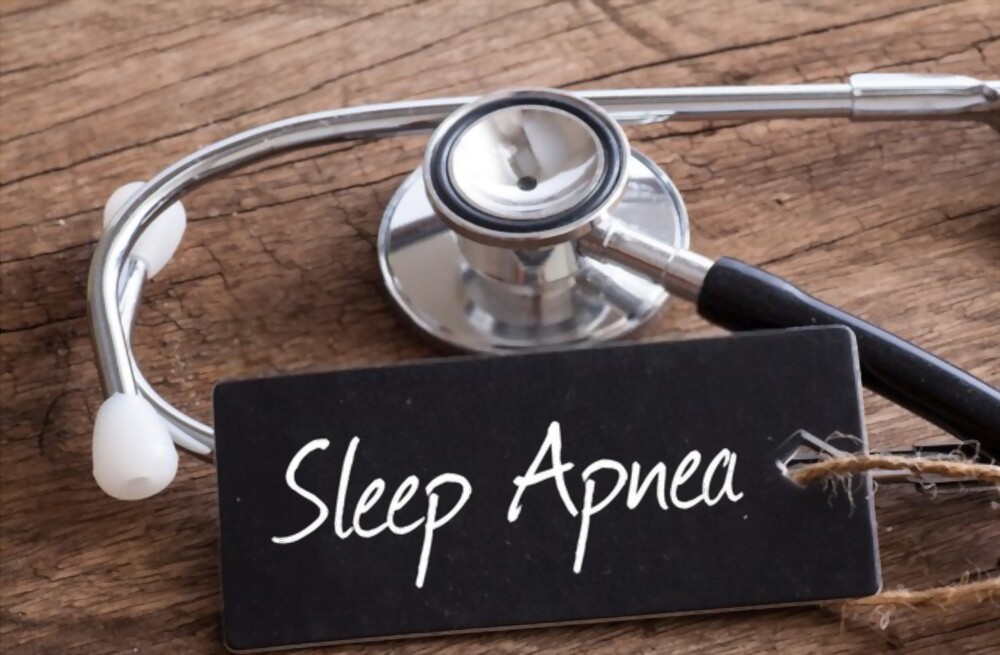What is sleep apnea?
A condition in which respiration is interrupted or paused during sleep, is called as sleep apnea. The pauses in breathing can last a few seconds to minutes and can cause disruption of sleep, reduce oxygen and increase carbon dioxide in blood. Moreover, Sleep apnea leads to excess daytime sleepiness.
Types-
- Central
- Obstructive (most common)
- Mixed
- Obstructive sleep apnea (OSA) is caused obstruction of the upper airway thus diminishes breathing.
2. Central sleep apnea occurs when the brain’s sensitivity to changes in carbon dioxide levels in the blood Is less. Thus it fails to send signals to the respiratory muscles to breathe deeper.In central sleep apnea, snoring is not much prominent. However, breathing is irregular and interrupted by pauses. Cheyne-Stokes respiration is one type of central apnea, in which breathing gradually becomes more rapid, gradually slows down, stops for a short period, then starts again. Then the cycle repeats lasting from 30 sec-2mins.
3. Mixed sleep apnea is a combination of both.
Causes
- Reduced muscle tone causes collapse of the airway
- Obesity
- Male more prone than females
Factors that contribute to airway obstruction are:
- Obesity, large tonsils, sedatives, alcohol, smoking, narrow airway, nasal congestion, etc
Structural factors associated with OSA include:
- retrognathia
- Facial elongation
- Mandibular hypoplasia
- Tonsillar hypertrophy
- Down syndrome
- Inferior displacement of the hyoid
Pathology-
Muscle tone decreases during sleep. An episode of apnea in obstructive sleep apnea is caused by at least 90% collapse of the airway for greater than 10 seconds.
Upper airway obstruction is usually present either at the level of the tongue or the soft palate. Other anatomical factors contributing to OSA include enlarged tonsils, a large tongue, abnormal maxilla, length of the soft palate, and also a decrease in the cross-sectional area of the upper airways.
Symptoms
In adult-
- Excessive daytime sleepiness
- Loud nightly snoring.
- Episodes of waking to gasp for breath
- Feeling of choking
- Night sweats
- Insomnia
Symptoms in children-
- Loud nightly snoring
- Hyperactive behaviour
- Sleep with frequent limb movements
- Insomnia
Tongue exercises for OSA-
Tongue Exercises
For mild cases, tongue exercises may help
TONGUE SLIDE
Method:
1. place the tip of your tongue against upper central incisors.
2. Slide your tongue backward.
3. Repeat 10 times.
Purpose – to strengthen the tongue and throat muscles.
TONGUE PRESS
Method:
1. Place your tongue against your palate
3. Slide your tongue backward to the back of your mouth.
6. keep your teeth apart
7. Repeat this movement 10 times.
8. Repeat 4 times a day.
Purpose – to strengthen the muscles of tongue and hyoid.
Complications associated-
- Hypertension
- Myocardial infarction
- Cerebrovascular accident
- Depression
- Sleeplessness related accidents
Also read- https://vcurehealthcare.com/dementia-early-features-and-risk-population/





